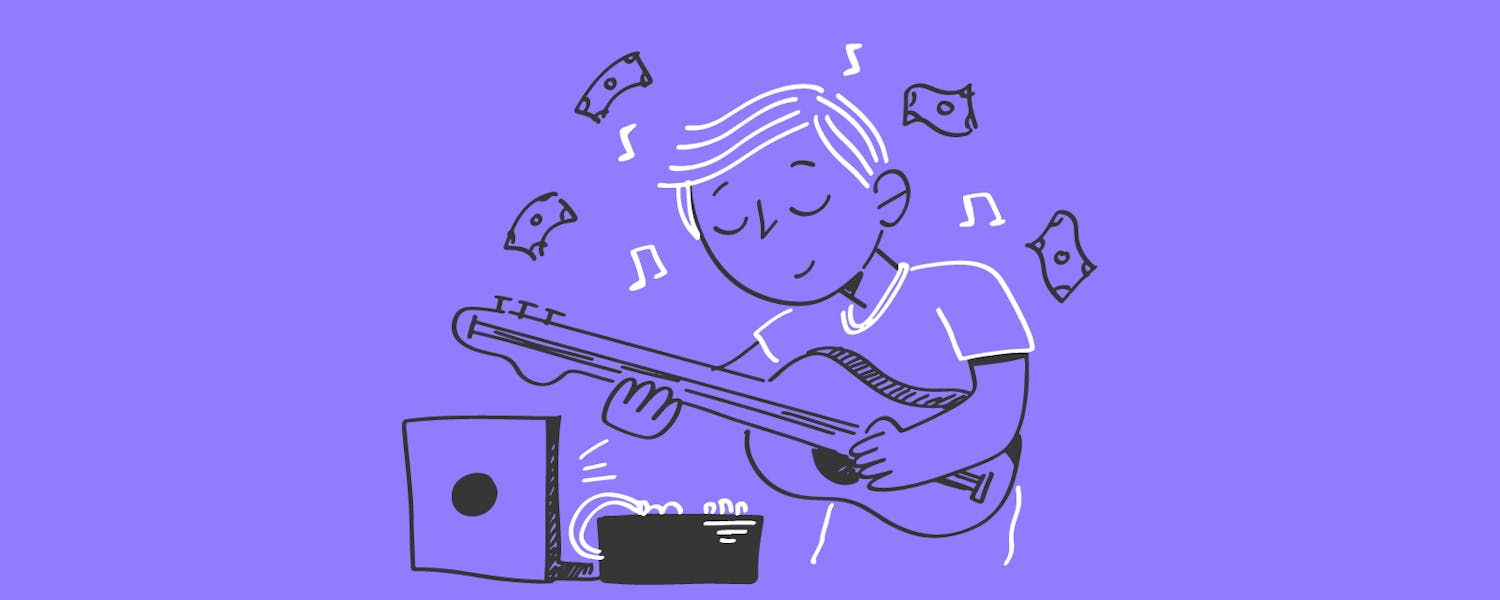How to Turn Tiny Expenses into Big Savings
We all work, earn money, and spend it, but do we really know how to manage it? And more importantly, do we know what we’re spending it on?
Start by Identifying your expenses
Envato/TTereza
To take control of your finances, you need to pinpoint exactly where your money is going. This starts by identifying the different types of expenses you have:
Fixed expenses
Those you must cover every month, like rent or mortgage payments, utilities (electricity, water, phone, gas, etc.), insurance premiums, groceries, school tuition, and so on.
Unnecessary expenses
Or what we call “treat yourself” spending. These are the impulse buys you make when you think, “I’ve earned it!”
For example, maybe you bought a new phone, and just six months later, a new model comes out with “even more cameras.” Naturally, you indulge—because, after all, you work hard to pay for your whims, right?
Phantom expenses
Maybe you’ve never heard of them, but they’re very common.
Think of that gym membership you signed up for as part of your New Year’s resolution to get fit. It’s now September, and you haven’t set foot in the gym.
Or what about that timeshare at a beautiful beachfront resort you swore you’d visit annually? Yet, somehow, you haven’t been back since you bought it because, well, “life happened.”
Tiny expenses
Those sneaky little purchases you hardly notice but can slowly drain your wallet if you’re not careful.
What are the most common tiny spendings?
Envato/leungchopan
Everybody have their own tastes and they may be very different from one person to the next, but there are some tiny expenses that are very popular, this is a list of some of them that I’ve identified:
Everyday tiny expenses:
- Grabbing coffee every day
- Midday snacks: chips, candy, fruit, etc.
- Cigarettes
- Eating out or ordering takeout
- Weekend outings
- Tips
- Ridesharing services
Digital tiny expenses:
- Excessive streaming services: Having Netflix, Amazon Prime, Spotify Premium, Apple Music, Disney+, etc., when there’s barely enough time to watch them all.
- Overusing food delivery apps: UberEats, DoorDash, etc.
- Online shopping:
- You: “Why can’t I save any money?”
- Amazon: “Your astronaut helmet is on its way...”
- Mobile apps: Games like Candy Crush, Call of Duty, Pokemon Go, Fornite may start free but often require in-app purchases to progress or unlock special features.
How to turn your tiny expenses into tiny savings?
Let’s think logically—tiny expenses are the small costs that, bit by bit, empty your wallet, while tiny savings are those that, little by little, fill up your piggy bank.
Envato/lyalya_go
Tiny savings are all about saving small amounts that gradually add up to a significant sum over time without you even noticing.
Just as ants carry food back to their anthill, you’ll be adding money to your wallet.
Tips to reduce your tiny expenses
- Make a budget: If these expenses have become part of your lifestyle, factor them in.
- Pay your credit cards on time: Remember that late or missed payments rack up interest.
- Track your spending: Bring your own water, coffee, or lunch from home, and see how much you save in a day. The goal is to minimize impulse buys.
- Keep only subscriptions you really use; cancel the rest.
- Consider family plans for streaming services—many offer discounts when shared, helping you save.
- Use ridesharing apps only as a last resort. If you can walk or take public transportation to your destination, do so (while keeping health and safety in mind).
- Do a cleanup of your phone apps.
“If you take control of your tiny expenses, you can redirect them toward better financial goals.”
Let’s do an exercise—because you work to live, not live to work.
Practical case
Step 1: Identify
Suppose you’ve made your budget and identified that your tiny expenses total $170 per month.
Step 2: Adjust
If you make the necessary adjustments and manage your money better, you could split this amount, saving $85 and using the other $85 for those little indulgences.
“Saving isn’t just about setting money aside; it’s about spending wisely.”
Step 3: Make the effort
It might be tough at first, but you need to start building the habit. No matter how small the action, if done daily and consistently, it becomes a habit, and from there, you’re on the right track.
Step 4: Make it into a habit
Now, let’s break down saving $85 a month into daily savings: If you save $3 a day, by the end of the month, you’ll reach your $85 goal.
Step 5: Enjoy the outcome
But what happens if you manage to do this month after month? By the end of the year, you’d have saved $1,020. And if you keep going year after year, that number will only grow.
Tips help you build tiny savings
Envato/olgapink
- Save all your loose change at the end of each day and put it in a piggy bank—but don’t leave it there too long, as inflation might eat into its value. Whatever you've saved by the end of the month, deposit it into your investment account.
- Financial challenges can also help—set weekly reminders to keep you on track and gradually meet your goals.
- Post about your saving challenges on social media, talk about it with someone else, or even invite others to join in or create a shared challenge. This way, you’ll be motivated to avoid the embarrassment of quitting, you’ll push yourself to hit the goals you set. It’s both fun and rewarding!
- Use the "water jug technique" is foolproof! Take a large water jug, and every time you get a bill of a specific denomination (like $5), put it directly into the jug instead of spending it.
- Apply the envelope system,
Take 365 envelopes, number them from 1 to 365, and shuffle them like a deck of cards.
Each day, pick one at random, and save the amount written on the envelope.
For example, if you draw the one marked 50, you’ll save $50 that day. Do this daily until the year is over.
Tiny savings with a purpose
Envato/smile23
One crucial thing to remember is that you shouldn’t just save for the sake of saving—you need to define your goals.
Give your savings a purpose, or it’ll be harder to stick to them. Remember, what can’t be measured can’t be controlled or improved.
So, are you ready to start saving?





